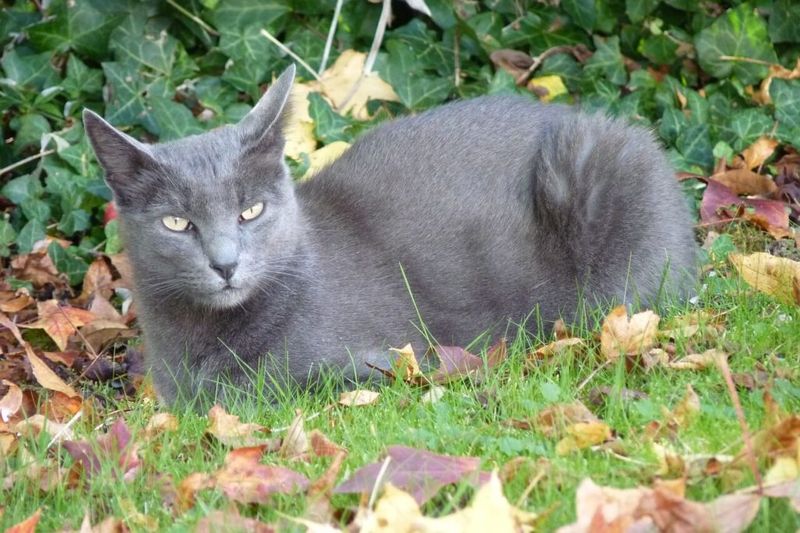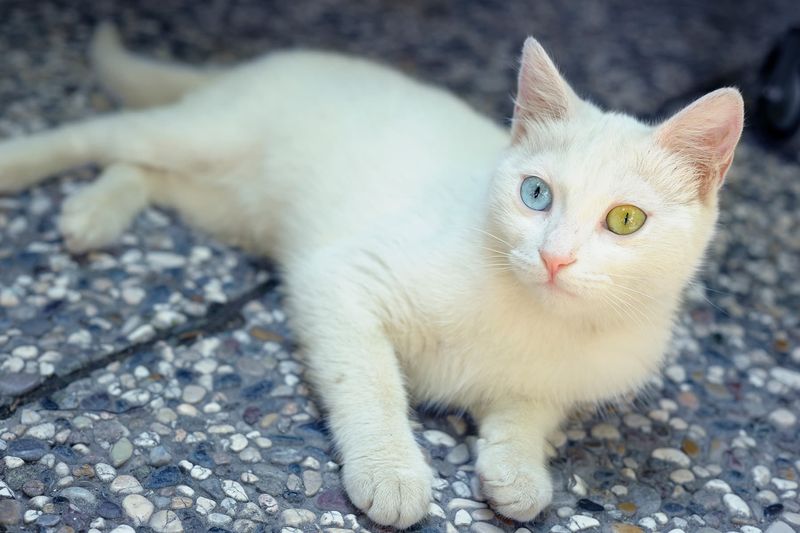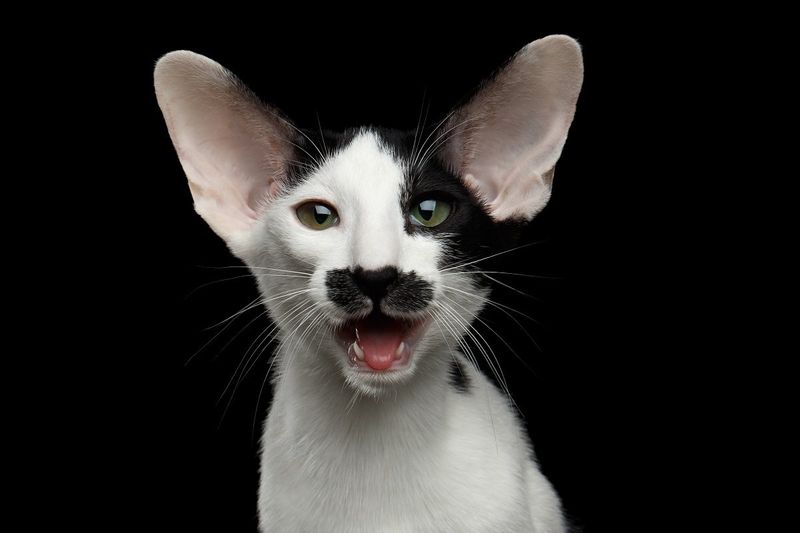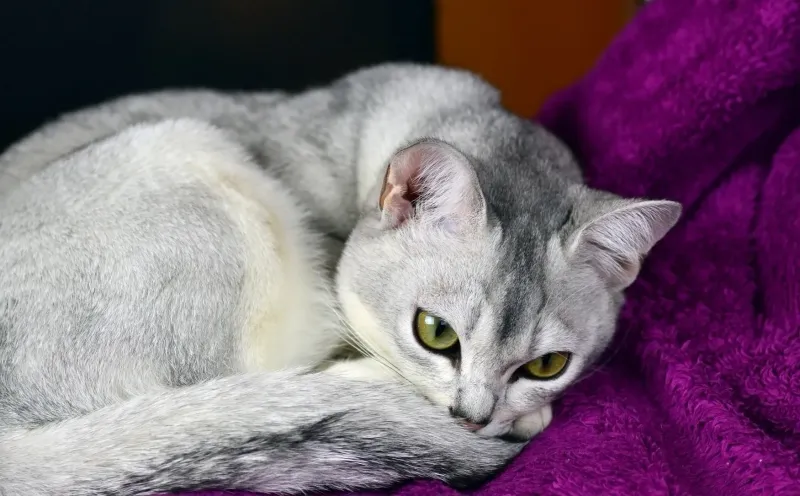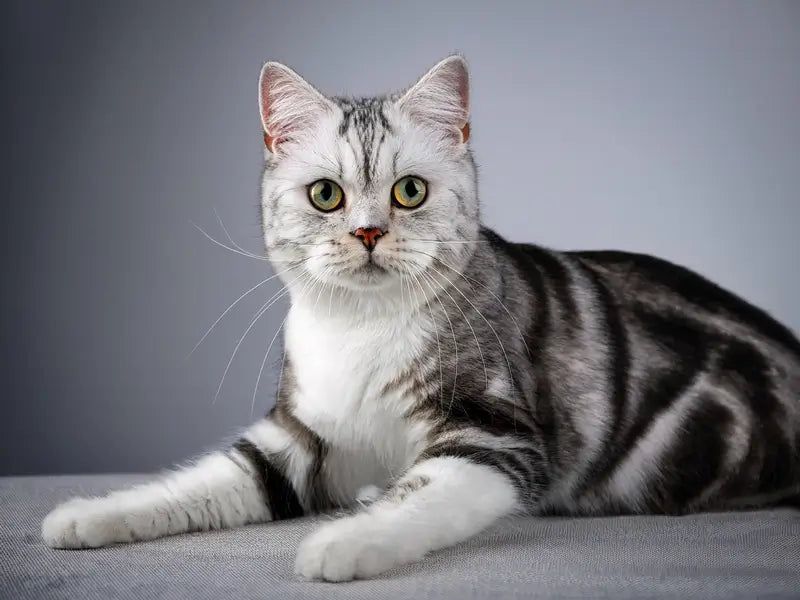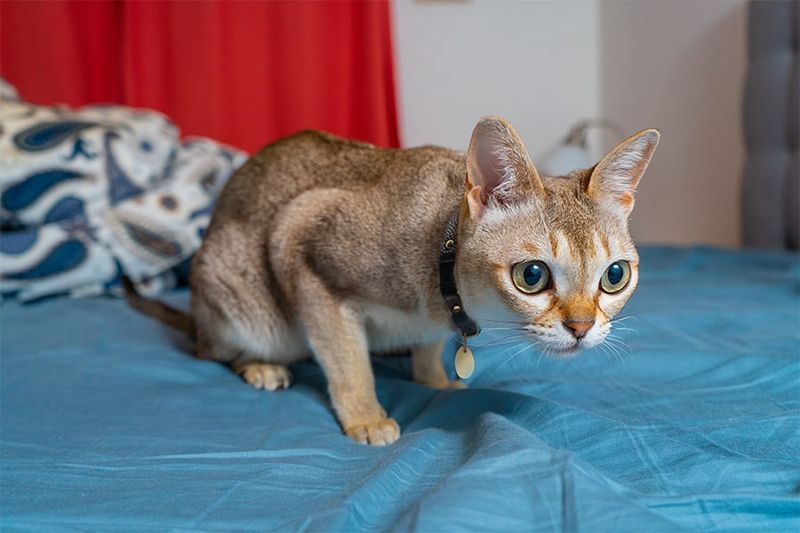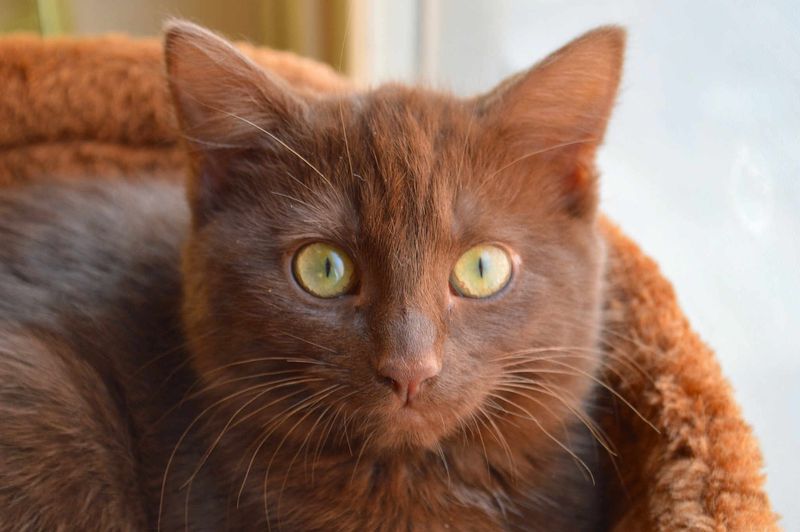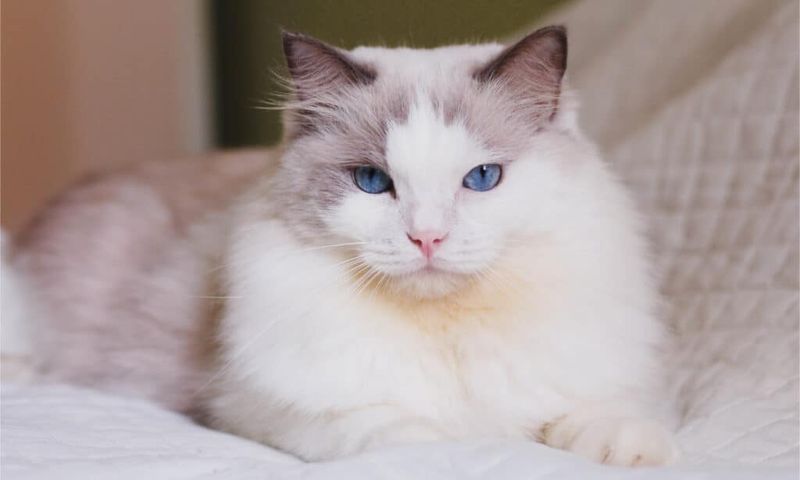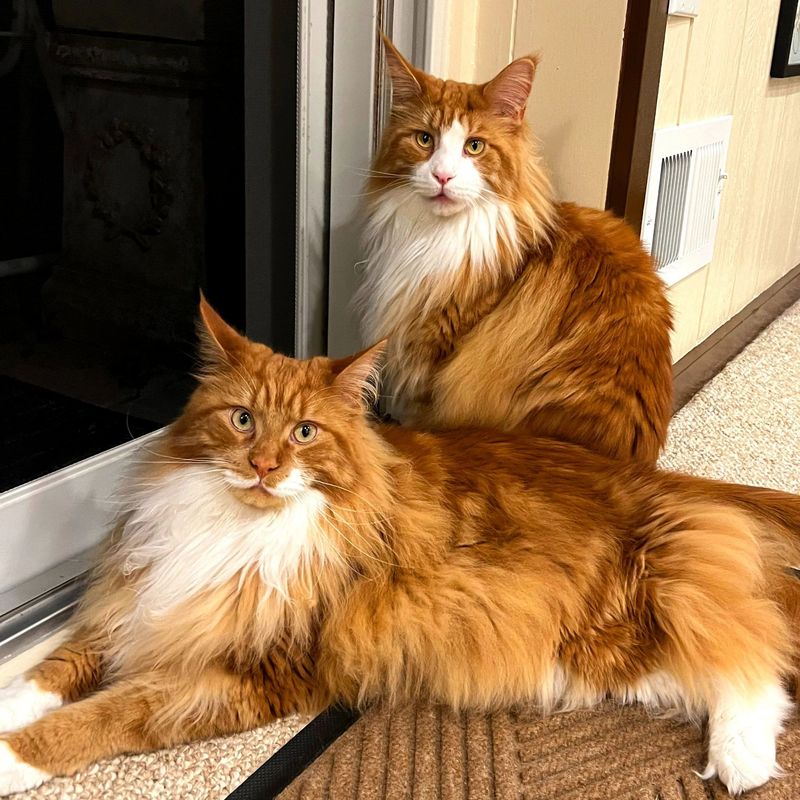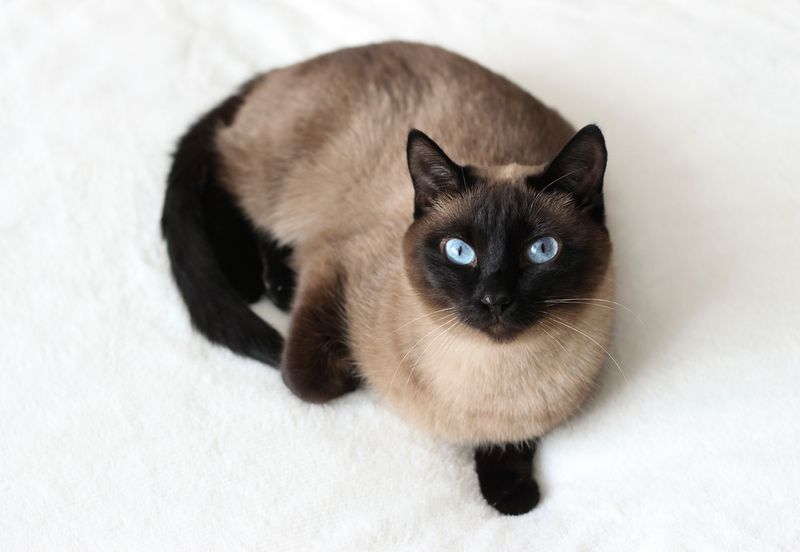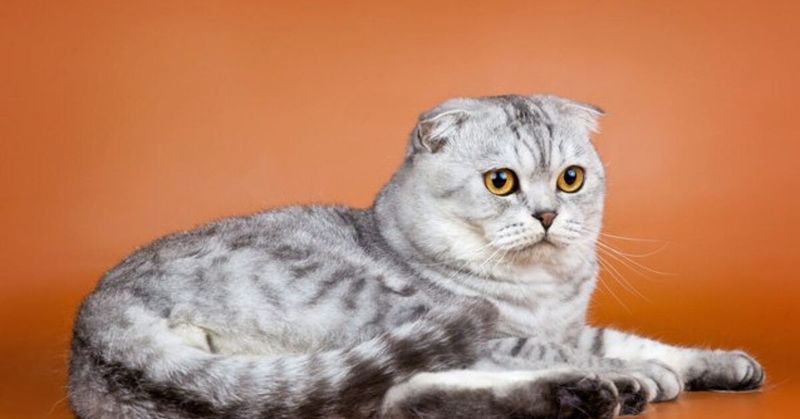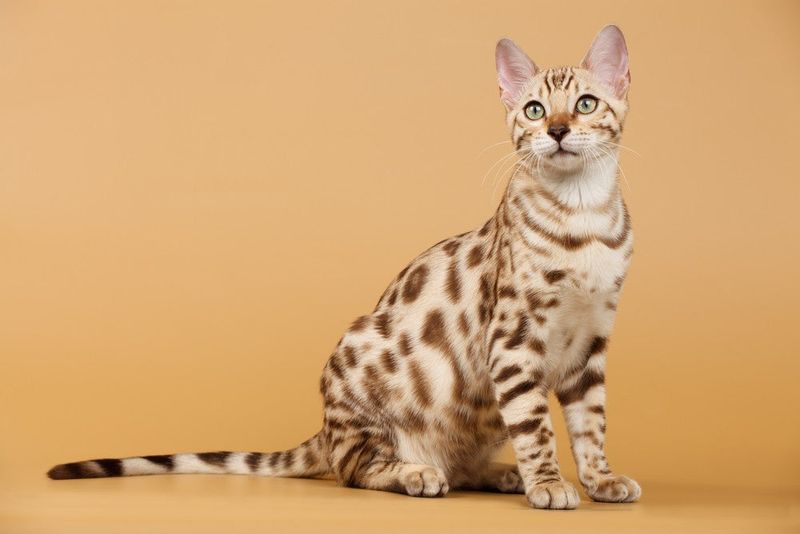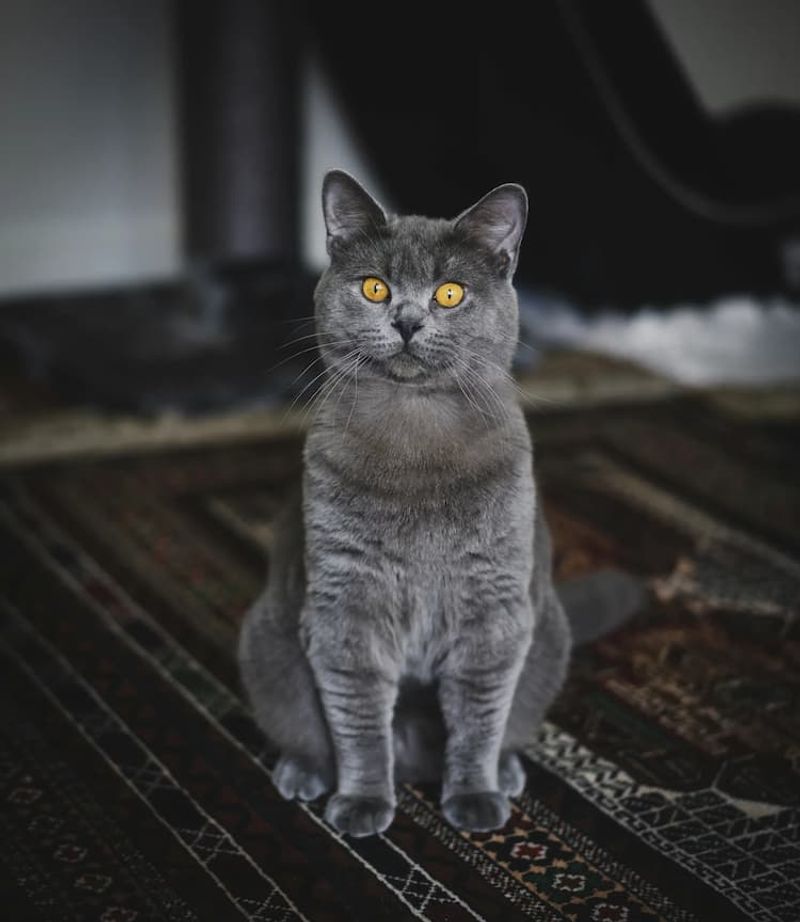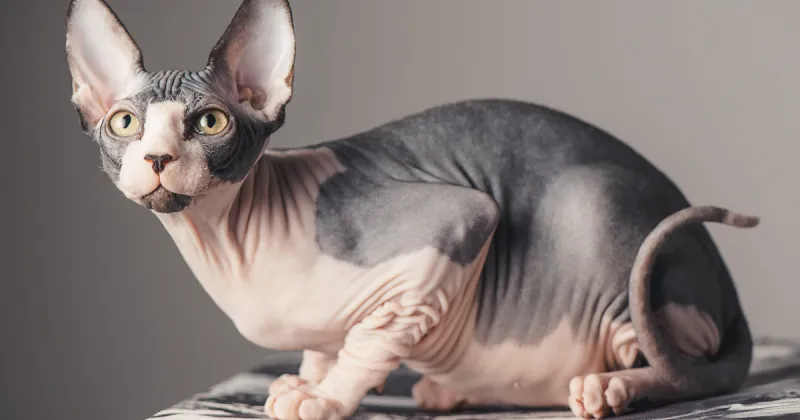📖 Table of Content:
Cat adoption trends reveal clear preferences among potential pet owners. While some breeds are adopted almost immediately, others are often left behind. These patterns highlight how appearance, temperament, and familiarity influence decision-making.
Certain cats attract attention with their playful nature or striking looks. Others, despite being affectionate and loyal, are overlooked due to rarity or misconceptions. These lesser-known breeds often wait much longer to find loving homes.
Exploring both popular and underappreciated breeds can lead to more thoughtful adoption choices. Many of the overlooked cats offer just as much love and companionship as the favorites. A deeper look into adoption trends can uncover truly special feline companions.
1. Korat
Silver-blue coats and heart-shaped faces characterize these rare Thai treasures. Korats remain overlooked in shelters despite their loyalty and intelligence.
Many potential adopters simply don’t recognize the breed or understand their unique personalities. Korats form deep bonds with their families and can live up to 15 years.
They’re actually considered good luck charms in their native Thailand. Their quiet, gentle demeanor makes them wonderful companions for seniors or calm households, but their unfamiliar name and uncommon appearance keep them waiting longer for homes.
2. Turkish Van
Known as the “swimming cats,” Turkish Vans have a unique love for water that sets them apart from typical felines. Their striking white coats with colored markings on the head and tail create a distinctive appearance.
Despite their playful personalities and athletic abilities, these cats often languish in shelters. Most potential adopters haven’t heard of this ancient breed from Turkey’s Lake Van region.
Turkish Vans develop strong bonds with their humans but maintain an independent streak. Their energetic nature requires space and stimulation, which may contribute to their lower adoption rates.
3. Oriental Shorthair
Relatives of the Siamese, Oriental Shorthairs possess striking almond-shaped eyes and large ears that give them an exotic appearance. Their slender bodies and vocal nature make them stand out in shelters, but not always in a good way.
Many potential cat parents find their talkative personalities overwhelming. These cats come in over 300 color and pattern combinations!
Oriental Shorthairs form intense bonds with their humans and require significant attention and interaction. Their high energy levels and intelligence need constant stimulation, making them challenging for first-time owners who often pass them by for more laid-back breeds.
4. Burmilla
Born from an accidental mating between a Burmese and a Chinchilla Persian, Burmillas sport shimmering silver coats that catch the light beautifully. Few adopters recognize this relatively new breed, leading to longer shelter stays.
Their gentle temperament and moderate activity level actually make them ideal for many households. Burmillas combine the playfulness of Burmese with the relaxed nature of Persians.
They typically form strong bonds with all family members rather than attaching to just one person. Despite their wonderful balance of traits, their relative obscurity and sometimes higher adoption fees at specialty rescues keep them from finding homes quickly.
5. American Wirehair
Sporting a uniquely textured coat that feels like steel wool, American Wirehairs remain one of America’s rarest cat breeds. Their crimped whiskers and coarse fur result from a spontaneous mutation that appeared in a farm cat litter in 1966.
Despite their hardy constitution and friendly personalities, these cats rarely get chosen from shelters. Most potential adopters mistake them for mixed-breed cats with unusual fur.
American Wirehairs possess balanced temperaments – neither too demanding nor too aloof. Their moderate energy levels and adaptability would suit many homes, yet their unfamiliar breed status keeps them waiting longer for adoption.
6. Singapura
As the world’s smallest cat breed, Singapuras pack big personalities into tiny packages. Their large eyes and ears contrast with their petite bodies, creating an eternally kitten-like appearance that belies their adult status.
Originally from Singapore’s streets, these cats remain relatively unknown to most adopters. Their natural sepia-toned coats lack the flashy patterns that often catch potential owners’ eyes in shelter settings.
Singapuras thrive on human interaction and make deeply devoted companions. They maintain playful, curious natures throughout their lives. Unfortunately, their rarity and subtle coloring often cause them to be overlooked when placed alongside more vibrantly colored or familiar breeds.
7. Havana Brown
Rich mahogany-colored coats and striking green eyes make Havana Browns truly distinctive. These chocolate-colored beauties descended from a cross between Siamese and black domestic shorthairs in 1950s Britain.
Their rarity works against them in adoption scenarios. Only a few hundred Havana Browns are registered worldwide each year, making them unfamiliar to most shelter visitors.
Havana Browns use their paws like hands to examine objects, showing remarkable dexterity and intelligence. They form strong bonds with their people and enjoy participating in household activities. Despite their wonderful personalities and stunning looks, their obscurity keeps them waiting longer for forever homes.
1. Ragdoll
Blue-eyed beauties with semi-long fur, Ragdolls get their name from their tendency to go limp when picked up. These gentle giants typically weigh between 10-20 pounds when fully grown.
Families gravitate toward Ragdolls for their patient, loving temperaments. They tolerate handling extremely well, making them perfect companions for households with children or elderly members.
Unlike many cats, Ragdolls often follow their owners from room to room like devoted shadows. Their dog-like loyalty, combined with striking colorpoint patterns and silky coats, creates irresistible appeal for adopters. These cats rarely spend much time in shelters before finding new homes.
2. Maine Coon
Tufted ears and bushy tails help Maine Coons survive harsh New England winters. America’s native gentle giants can weigh up to 25 pounds and stretch nearly 4 feet from nose to tail tip.
Adopters rush to claim these cats for their combination of impressive size and sweet dispositions. Their thick, water-resistant coats require regular grooming, but their friendly personalities make maintenance easier.
Maine Coons develop slowly, not reaching full size until age 3-5. Their playful chirps and trills, instead of typical meows, charm potential families. With their family-friendly nature and majestic appearance, these cats typically have adoption applications submitted within days of becoming available.
3. Siamese
Striking blue eyes and color-pointed extremities make Siamese cats instantly recognizable worldwide. Their slim, athletic bodies and vocal personalities ensure they’re never overlooked in shelter settings.
Temperature-sensitive genes create their distinctive coat pattern, with darker fur on cooler body parts like ears, face, paws, and tail. Kittens actually start life completely white before developing their points!
Siamese cats form intense bonds with their humans and communicate constantly through a range of vocalizations. Their intelligence and trainability appeal to active families seeking interactive pets. These social butterflies rarely wait long for adoption, with their exotic looks and engaging personalities making them perennial favorites.
4. Scottish Fold
Folded ears create the adorable owl-like expression that makes Scottish Folds instantly adoptable. This genetic mutation affects cartilage, causing ears to fold forward and downward instead of standing upright.
Cat lovers are drawn to their sweet, round faces and mellow temperaments. Scottish Folds adapt well to various living situations, thriving in apartments or houses with multiple pets.
These cats enjoy interactive play but don’t demand constant attention. Their moderate energy levels suit many lifestyles. Ethical considerations regarding the ear-folding gene have sparked debate, but this hasn’t diminished their popularity. When Scottish Folds appear in shelters, they’re typically adopted within hours rather than days.
5. Bengal
Wild-looking spots and rosettes cover Bengals’ muscular bodies, creating mini-leopards for your living room. These active cats descended from crosses between domestic cats and Asian leopard cats in the 1960s.
Adventure-seeking owners flock to adopt Bengals for their playful, athletic nature. Many Bengals enjoy water, can learn tricks, and need substantial mental and physical stimulation to stay happy.
Their exotic appearance commands attention in any adoption setting. While their high energy levels aren’t suitable for every household, plenty of active families specifically seek out these spotted beauties. Rescue organizations often maintain waiting lists of approved homes ready to adopt Bengals as soon as they become available.
6. British Shorthair
Plush, dense coats and chubby cheeks give British Shorthairs their teddy bear appeal. The classic blue-gray variety became famous as the Cheshire Cat in Alice in Wonderland, but these cats come in many colors.
Families appreciate their easygoing, independent nature. British Shorthairs don’t demand constant attention but enjoy companionship on their own terms.
Their sturdy build and calm demeanor make them excellent pets for first-time cat owners. These cats rarely climb curtains or knock over decorations, preferring dignified lounging to wild antics. Their combination of adorable looks and undemanding personalities ensures they spend minimal time waiting for adoption.
7. Sphynx
Hairless bodies covered in soft peach fuzz make Sphynx cats feel like warm suede to the touch. Despite their lack of fur, these cats come in various colors and patterns visible on their skin.
Contrary to popular belief, Sphynx cats aren’t hypoallergenic. They still produce the protein in saliva that triggers allergies in sensitive people.
Sphynx cats win hearts with their extroverted, dog-like personalities. They greet visitors, follow their owners everywhere, and constantly seek warmth and cuddles. Their unique appearance creates polarized reactions – people either love or dislike their naked look. However, those seeking these affectionate companions often compete to adopt them when they become available.

